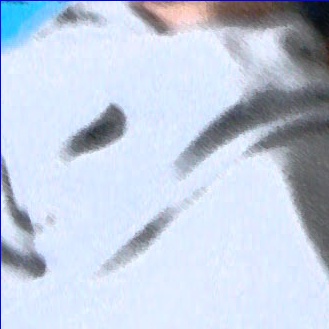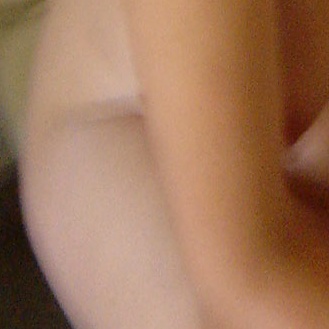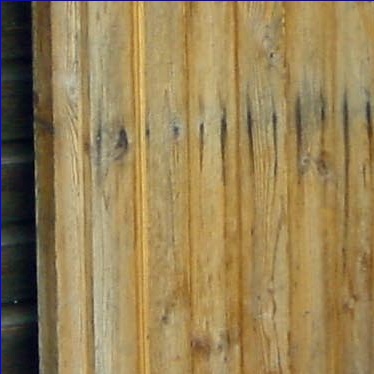When doing face recognition, the classifier that we use, the Haar classifier first proposed by Paul Viola and improved by Rainer Lienhart, executes a series of tests on the image. As we have seen previously, the algorithm makes a good work at detecting faces. It however includes portions of images that do not quite match our usual idea of what a face is. These are named false positives.
Far from being random, these faces detected by the algorithm show us how the representation of faces is haunting any image.
If we sometimes see faces in the clouds, why the algorithms couldn’t find faces in places we don’t expect to find them?


